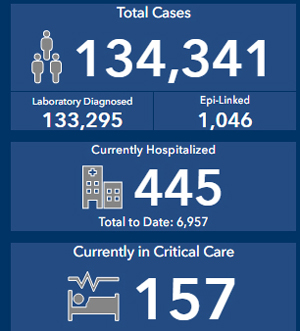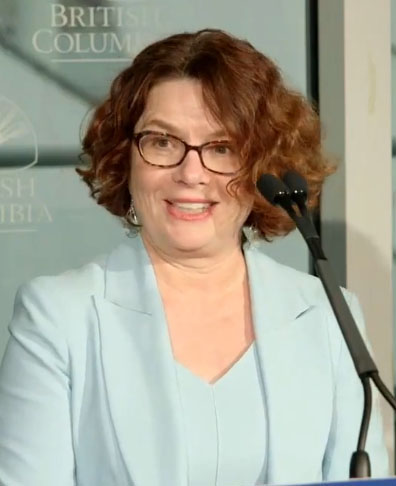Friday May 7, 2021 | VICTORIA, BC
by Mary P Brooke, B.Sc., Editor | Island Social Trends
With about 40 minutes notice, a media session without visual livestream was held by Provincial Health Officer Dr Bonnie Henry and Deputy Provincial Health Officer Dr Réka Gustafson to address concerns from the mainstream media about what appears to be lack of transparency with COVID data reports.
From the start of this pandemic, Dr Henry has explained the necessary balance between the privacy of people who are reported to public health regarding illness and the rights and needs of the public to know and understand what’s going on for health of the broader community.
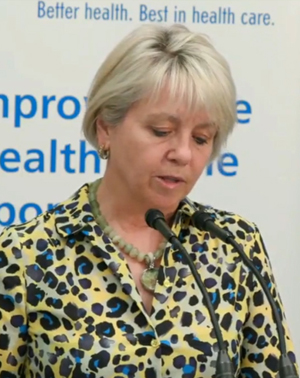
It was gently stated but should be understood that it’s a truly massive undertaking to compile data so that it’s valid and has context, as explained today by both doctors. Nonetheless, they are open to continuing to make data available, as they believe they already have.
Transparency of COVID public health data:
Most of the mainstream media on today’s 2:30 pm teleconference call challenged BC’s two top public health doctors about transparency, but quite frankly Dr Henry and Dr Gustafson explained themselves well as to why certain types and formats of information have been made available, and how, and when. Dr Henry stated matter-of-factly that most if not all the data is available in some form or another on the BC CDC website.
It actually might be frustrating for them to realize that they have all the data but that the public either can’t find or interpret it from the granular or heavily-laden formats in the BC CDC website (much of which is for use by epidemiologists and those who are active in public health) or that now additional steps must be taken for it to be packaged more apprropiately for easy public consumption.
If it is in fact true that other provinces provide the type of reports that some of the BC’s reporters were asking for today, it could be a data management issue — not having to do with skill or intent, but just that certain formats have not yet been developed or seen as necessary.
Data preparation takes time, with context:
For sure, there are grey areas in all of this. Media wants to provide information to the public — and so does public health by all accounts — it’s perhaps a disconnect at this time between how much the public (and media) feel they want and how much public health can produce in the way of reports using data systems that may not yet be organized in a way to produce more publicly-digestible reports or infographics.
“There’s a process that it goes through before it’s meaningful,” said Dr Henry about preparing data for public consumption. Dr Gustafson said there is a goal to provide public health data at “the highest quality that we can”.
Afterall, most of the BC public have become ‘armchair epidemiologists’ thanks to the COVID pandemic. The large gap between general public and professional public health has been closing during the last 14 months of this public health emergency.
Dr Henry invited media “to go deeper into the CDC website”, implying that a little more study of the information that is already there is all that’s really needed at this point in the public’s understanding of the pandemic.
Interactive format coming:
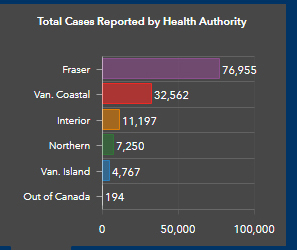
“Data are alive. They are moving and changing things,” said Dr Gustafson who is responsible for working with the BC CDC team for providing the data to the public. Dr Henry explained her role as explaining the data to the public within a context that is helpful to individuals and communities.
Today Dr Henry said that as her deputy, Dr Gustafson is working on a process of making data into more interactive presentations, while giving context around the data.
Trends in the pandemic:
Today’s hastily-organized media session was not about today’s particular COVID case data. However, Dr Henry did say on the broader scope that “no area of the province has been spared except maybe here on Vancouver Island”, as to the impact of COVID-19.
She said that in the context of Surrey definitely seen as the area with the highest COVID impact in BC, which she said has to do with the number of frontline and essential workers, the type of workplaces in the area, and the number of multi-generational households.
Grocery store and food service workers will be prioritized for vaccines next week starting in Vancouver Coastal and Fraser Health regions. After that, workers in those sectors will be offered vaccines throughout the rest of the province.
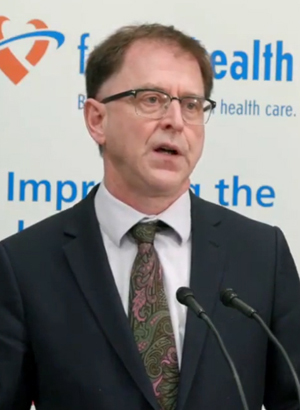
Health Minister Adrian Dix also addressed that yesterday, saying “we should focus more vaccination in Surrey in the coming weeks, and that’s what you’re seeing.”
Local public health:
Today Dr Henry emphasized and lauded the work and interactivity of local public health in communicating with and supporting their local communities.
She says they are very busy taking care of people ‘on the ground’ who have or are dealing with COVID infection or exposure. Some of the data reporting may lag in time because of that.
Today’s fuss – a tipping point:
Today’s angst expressed by many of the mainstream media might be an indication of COVID-fatigue. Afterall, we’ve all been covering this pandemic daily — with all its many twists and turns — for about 15 months now.
A so-called ‘leaked document’ with more granular data is what sparked today’s fury and the last-minute news teleconference (available only by phone). The media wants more, because they perceive that the public wants more.
Ironically, Dr Henry said that as the case numbers start to go down that the detail for each region or community might be pulled back again to being more generalized, as a way to protect personal privacy.
As for one media Tweet this afternoon as to “where’s Adrian” on this matter, this is a public health procedural issue, handled just fine by the two docs.


